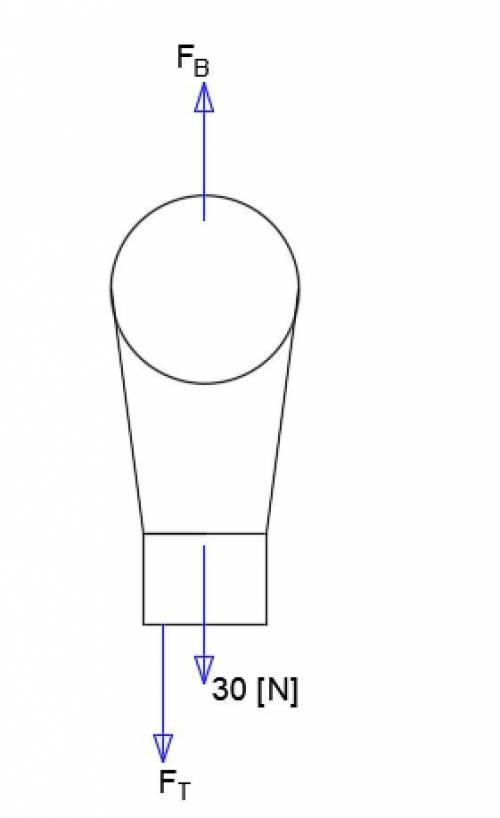

Even if the XML/XIN is defined in the CIVIL_SURVEY_STYLEFILE variable, you still must run the Link Survey Feature Definitions command to import the survey features into the DGN file. Available options are an XIN from InRoads, an XML from a GEOPAK SMD, or a PSS from MX. CIVIL_SURVEY_STYLEFILEĮffect: Defines the Style file that is linked in the Survey Feature definitions.

(InRoads only) CIVIL_XIN_FILE = $(_USTN_SITE)/data/feature_definitions/CompanyXYZ_Civil_Features_Imperial.xin 3. CIVIL_XIN_FILEĮffect: Defines the default XIN file. CIVIL_ROADWAY_TEMPLATE_LIBRARY = $(_USTN_SITE)/data/template_library/CompanyXYZ_Civil_Templates_l 2. CIVIL_ROADWAY_TEMPLATE_LIBRARYĮffect: Defines the default template library (ITL). You can learn more about Variables and Workspaces by attending one of our CAD Manager classes. The variables are defined within the workspace configuration files.

By defining some key OpenRoad variables the end user will have the design standards they need to complete their project.įor those unfamiliar with configuration variables, they are meant to be used as pointers to standard resource files and folders for your projects. The design standards are obviously meant to be followed however, they will not be if the CAD Manager does not make this easy for the user. This requires additional configuration variables (over 20) to help point and load certain resources for OpenRoads. Three structures are placed on an alignment.With the release of OpenRoads Technology the design tools are closely integrated into the platform product MicroStation. Let’s start by looking at the 110kV model. Whereas for the 11kV line, the jumpers are considered to be rigid and loop over the top of the connecting strain insulators. For the purpose of this example, the main difference between the two lines is that the 110kV line can be considered to be flexible and the jumpers hang vertically down below the insulators. This provides our transmission and distribution case respectively. To do this lets first consider to two powerlines, a 110kV line and an 11kV line. As the subject got a lot of interest previously, I wanted to follow up and look at how this new functionality actually works in practice. I am pleased to say that this capability is now available in the latest update of PLS-CADD™ (v14.50). I also discussed that PLS-CADD™ were looking at how to incorporate more accurate jumper modelling in future versions. In a recent article I looked at the difficulties and inherent issues in modelling jumpers on transmission and distribution networks.


 0 kommentar(er)
0 kommentar(er)
